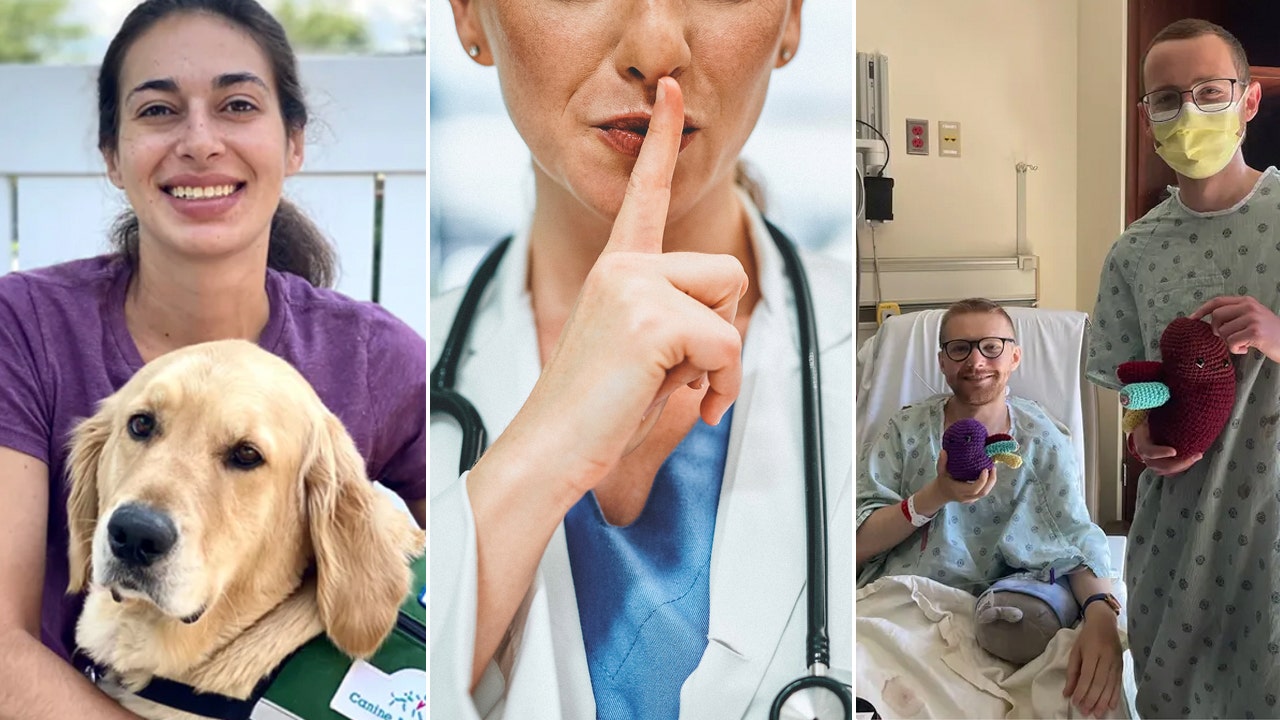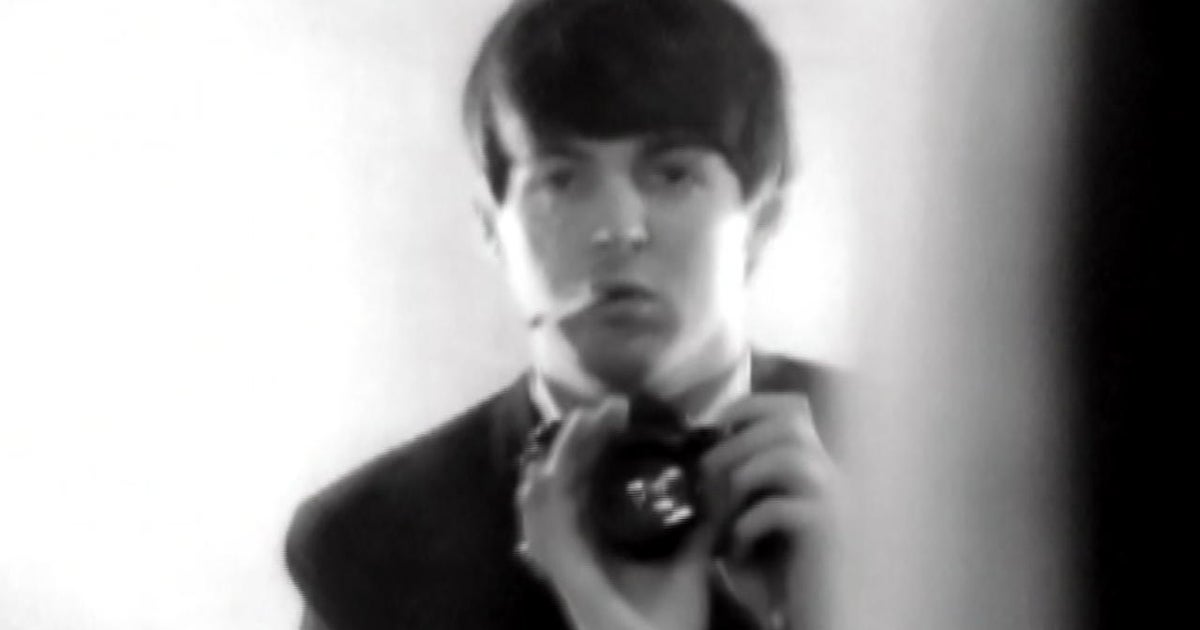Few directorial debuts have hit as hard as, or had the kind of life cycle of, “Napoleon Dynamite,” the nerd-comedy classic made by Mormon film students that turns 20 this month. But how did this little deadpan romp, directed by Jared Hess and co-written with his wife, Jerusha, become such a sensation?
At the time, when sequels to “Shrek” and “Spider-Man” were dominating the box office and there wasn’t even a Twitter for fans to fill with memes, this idiosyncratic gem felt refreshingly homespun. Inspired by the dioramic sets of Wes Anderson, its colorful visuals were set against the dry golden grasslands and wide-open skies of rural Preston, Idaho. Cows and llamas played supporting roles.
The barely there plot follows Jon Heder’s gangly, confoundingly confident high school outsider Napoleon as he navigates a new friendship with Mexican transfer student Pedro (Efren Ramirez), a budding sorta-romance with entrepreneurial Deb (Tina Majorino) and the endless annoyance of home life with his Uncle Rico (Jon Gries), still trapped by his high school football glory days, and his chat-room-obsessed older brother Kip (Aaron Ruell).
The stakes? Nothing more stressful than a student election and whether Napoleon could get air off a homemade ramp riding Pedro’s sweet bike. The dialogue? Insanely quotable, from “chatting online with babes all day” to “I caught you a delicious bass.” The climax? A rousing, Jamiroquai-soundtracked dance sequence that cannot be unseen. (But if you want to resee it, the movie is currently streaming on Hulu.)
Made for under $400,000, “Napoleon Dynamite” in many ways marked the end of an era in which something this offbeat — side ponytails! Ligers! A cow execution in front of a school bus! — could become a word-of-mouth box office phenomenon. It grossed $46.1 million in theaters worldwide and went on to net $250 million in DVD sales, according to editor and producer Jeremy Coon. Yes, indie hits from the era like “The Blair Witch Project,” “Paranormal Activity,” “Juno” and “Little Miss Sunshine” made more money. But none can match “Napoleon’s” generation-spanning half-life, from instantly recognizable Halloween costumes to TikTok dance tribute videos two decades later.
So how did the creators and cast do it? Gosh — why don’t we just ask them? (The following interviews have been edited for length and clarity.)
The movie was essentially an experimental summer lark from a group of friends at Brigham Young University film school. It started out as a black-and-white student short (“Peluca”) starring Heder.
JARED HESS (director, co-writer): Napoleon is kind of this weird amalgamation of me and my younger five brothers. We moved around a lot growing up, and then we ended up in Idaho and it was a lot of being a loner and an outsider and adjusting to a rural community. Two of my younger brothers, James and T.J., really did kind of talk in that mouth-breather kind of way. And one time my little brother called me [from school] and asked me to bring him his ChapStick.
JERUSHA HESS (co-writer and costume designer): We all came from big Mormon families. I have seven brothers. Jared has five. Jon [Heder] has a billion.
JARED HESS: [Jon] had this long, flowy cool-dude hair. He has a twin brother and they would go do these twin dance routines at clubs. And he had acted in a couple other people’s projects. We were like, “Oh, man, that guy seems pretty good. Like, he can authentically pull off what we’re going for [in “Peluca”].” And Jerusha was like, “Yeah, but you’re gonna have to get that man a perm.”
JON HEDER (Napoleon Dynamite): I was like, “Dude, I’m a single guy.” I was trying to find girlfriends. I was like, “Gosh, this perm is not going to help me out at all.” Coincidentally, I actually started dating my then-future wife around that time. She had met me before, so she’s like, “Okay, I know what he looks like without the perm.” But later on she did confide in me, like, “Yeah, I’m not into this perm at all.”
JERUSHA HESS: [At the end of shooting the short] we had a little bit of film and Jared said, “Hey, just go into a field and do a little dance. I’ve heard you’re a clubber.” So Jon, he pressed play on the radio and I don’t know if Jamiroquai came on, but Jon just danced in a field. And in that moment, we knew we wanted a whole movie based around that thing.
All the Hesses knew when they wrote the “Napoleon” script was that they wanted it to be about friendship and community, and to build up to a climactic dance sequence for Heder’s title character. As in “Peluca,” many of the scenes were inspired by their life.
JEREMY COON (editor and producer on “Peluca” and later on “Napoleon”): My brother [Jonathan C. Coon] was willing to give me $200,000 to basically take my shot at making a movie. Someone had given him a leg up to get his company off the ground, and he wanted to pay that forward.
JERUSHA HESS: The movie is what it is because we had a very small budget and so you have to be like, “Oh, what locations can we get for free?”
JARED HESS: That is my actual high school [in the movie]. Weirdly, I ran for class president in high school after being an outsider for a couple of years. And I did win.
The thing with the cow really happened. My mom was a hobby farmer raising a beef cow and it just got too aggressive, so she called a local farmer to come take care of it and he shot it in front of my brother’s school bus. He was hard of hearing and had no idea that the school bus was rolling up.
HEDER: There were so many details [in the feature] where I was like, “Jared, did you know that this happened to me, too?’ I mean, I didn’t grow up in Preston, and no, my family did not own a llama. But I went to Scout camp. I thought I was pretty good with nunchucks and a bow staff. I made boondoggle keychains myself; I made a good handful of the ones in the movie.”
AARON RUELL (Kip, plus still photography and designer of the opening credits, with names written in condiments on plates of food): I think [the movie] is really true to how in high school, especially, everybody wants to be a little bit more than what they are.
JARED HESS: Kip was based on friends of mine that had mustaches and cool glasses like that. And Aaron Ruell’s brother really did buy a time machine on eBay one time that looked just like that [and] did not work.
RUELL: I was not aware that [I would have to wear] real braces. I thought for sure we were just going to get some fake Hollywood something in my mouth, like a retainer that can pop in and out. And then the next thing I knew I was in the orthodontist’s chair.
For the cast (and much of the crew), Hess culled from their BYU friends, like Heder and Ruell, but for the other roles, they needed help. “We could not get a casting director to save our lives,” Coon said. Finally, a couple of months before production, they held auditions in Los Angeles from a borrowed office on the Fox lot. Ramirez was a 29-year-old studying the Meisner technique and DJing on the side when he booked simultaneous auditions for “Napoleon” and “The Alamo.”
EFREN RAMIREZ (Pedro): I remember doing a scene for the director and they stopped me and go, “Slower.” And so I did it again and then Jared stops me again and goes, “Okay, slower.” I’m thinking like, “Wait how slow is this movie?”
But the next thing I know my agents called me up and they said, “Hey, you booked [both] these films. What do you want to do? Because they shoot at the same time.” It was hard, because you want to be working on bigger-budget films to advance your career. But [“The Alamo”] wasn’t a big part. And my dad told me, “Follow your heart.” That was symbolic to me because that’s what Napoleon says to Pedro in the movie, “Follow your heart. That’s what I would do.”
COON: [Efren and Majorino, who plays Deb] came in for cold auditions. And as soon as they walked in and started, Jared and I were just like, “Those are our people.”
JERUSHA HESS: Deb was based off of a friend’s sister who was selling haircuts out of her dorm, Deb’s Haircuts or something. That’s where we got the name and the idea that this person is always trying to make money for college.
TINA MAJORINO (Deb): [After being a child actor] I had taken a four-year break. It was one of the first scripts that my agent sent me when I came back. And I read it and I was like, “I have to audition for this.”
I love what a good friend [Deb] is. And I really loved that she was so confident even though to the outside world, it’s like she doesn’t wear clothes that are in style. She’s just fully herself. There was a sweetness to her, but she had an edge.
COON: Lafawnduh [Kip’s girlfriend] was a super hard role to cast because a lot of people saw the part and thought, “This is a walking stripper type,” and that was not the character.
JARED HESS: It was the early 2000s and the advent of AOL and Yahoo chatrooms, and we just thought it was funny that Kip was able to chat with somebody well out of his league and find love.
SHONDRELLA AVERY (Lafawnduh): I was very green in Hollywood and I got a call from my agent and he was like, “Listen, it’s not a great part. It’s no money. But the breakdown reads very much like your body type.” I was like, “Absolutely.” I was shooting “Girls Behaving Badly” with Chelsea Handler and doing pranks across America, so I had to print [the script] out at a Kinko’s. I really laughed out loud. And I thought, either I’m the corniest Black person I know or this is the funniest thing I’ve ever read. Turns out it was both.
COON: Rex, the taekwondo guy, was where we wanted to have our stunt casting, our big star.
JARED HESS: The first person we reached out to and sent the script to play Rex Kwon Do, weirdly, was Jack Black, who we just worked with [on the upcoming “Minecraft”] and we did “Nacho Libre” with him. And we got an immediate rejection saying, “Oh, Jack read it, didn’t like it, sorry.” And it was a total lie. But we couldn’t be happier with Dietrich Bader — he was in “Office Space” and he was on “The Drew Carey Show,” so we were fans of his.
DIETRICH BADER (Rex Kwon Do): I was sent the script, but they were like, “It’s going to be incredibly micro-budget. This guy has never directed anything. He’s right out of school, and he’s, like, a Mormon.” I don’t know why that would be a disqualification [laughs]. It’s genuinely the funniest script I’ve ever read.
COON: I remember Uncle Rico was the last person we cast, and I think we were three weeks from leaving to go to Idaho from L.A. We’d initially gone after Vince Vaughn, Jason Lee, Christopher Walken, Walton Goggins, and it was all “No, no, no.” And Jory [executive producer Jory Weitz] showed us Jon Gries’s reel. Jared and I looked at each other like, “He’s our guy. Just offer him the part.”
JON GRIES (Uncle Rico): About five days after I took the part, I got a phone call that Jared Hess was in town. So I go to this apartment in West Hollywood and we stepped outside on the street, and he was like, “Well, you see, Uncle Rico, he runs like this.” And he takes off running down the street! He’s doing this “Baywatch,” slow-motion run.
He comes [back] huffing and puffing and I really was beside myself. And between breaths he goes, “Uncle Rico is a cross between David Hasselhoff meets Burt Reynolds meets Elvis.” I looked at him and I just thought, Okay, say no more. I got it.
COON: The wig was [Gries’s] idea.
GRIES: Literally, the moment that meeting ended I drove straight to one of those Korean wig stores. I was bald, but that was not the way I saw the character. I was like, “Oh, this guy’s trying to live in the past.” Burt Reynolds, David Hasselhoff and Elvis, these are three hair-centric dudes. And I truly think that when that wig got on Uncle Rico, he was really born.
The movie shot in Preston, Idaho, during an unseasonably hot July in 2003.
COON: Around town as we were shooting the movie, the locals kept saying, “There’s Jared doing his video.” To them, it didn’t star George Clooney, so therefore, it wasn’t a real movie.
JERUSHA HESS: We were babies. Our whole team were friends at film school who we just begged to come and help us make the movie. I hated everything about it. I was seven months pregnant, and I had to do the costumes for all these jokers. It was a very hard 23 days.
COON: No one worked for free, but I want to say some people we were paying $200 a day.
MAJORINO: This town was tiny, and so beautiful. I think there were only maybe three stoplights. Most of the cast was staying in the one motel.
BADER: I remember driving through Utah and Idaho thinking, They get two senators? That seems weird. Like, there’s nothing there.
RUELL: I just can’t imagine what [Shondrella] was thinking when she showed up on set and saw the characters that she was playing opposite. But she was all in and played it like, “I love this little White guy and we’re going to make it work and we’re going to be a great couple.”
AVERY: Even at the [Salt Lake City] airport, I just remember everyone ogling me like, “Who is this human being?” Like they had never seen a Black person before. And they had not! I was like, “This is amazing! All this extra attention I’m getting!” The local newspaper wanted to write about me, and there was always this White guy [reporter] standing behind the trees looking at me. I was like, “If I’m ever gonna be a star, I think it’s happening in Preston, Idaho. This is magical.”
JARED HESS: We couldn’t afford to improv anything. We didn’t have the film stock. We literally would get a maximum of, like, two to three takes.
JERUSHA HESS: Jon Heder did all his own stunts. And there was so much slapping. Like, it’s insane. Like, he falls off fences, he gets hit 40 times. The bully, Randy, he was the real deal. He was from Preston and he picked on my brother-in-law.
RAMIREZ: My favorite moment in the film is the steak-throwing scene.
GRIES: The first three times I threw that steak, I hit [Heder’s] shoulder, I hit the top of his head, his arm.
RAMIREZ: Heder’s like, “Just chuck it! Gosh!”
COON: We’d gone through multiple steaks, and the only one that was left was partially frozen.
HEDER: Gries played baseball, and just threw it as hard as he could and it smacked me in the face. I managed to stay in character, but it ripped my glasses off. There was blood.
COON: We had to put makeup on his nose because the glasses shattered.
BADER: [For Rex’s dojo scene, where he spars with Kip] I asked Aaron if I could actually hit him because it’s funnier if the audience feels some pain. And I hit him hard enough where you didn’t need sound effects for the slap.
RUELL: I woke up with a really bad headache and that was the day that Dietrich was slapping the crap out of me. I just remember feeling my brain hit my skull.
COON: Haylie Duff [who plays popular girl Summer Wheatly] brought this little rescue Chihuahua that got out of the green room because it wasn’t tied up. We never found it. It ran off to a field and we don’t know if a hawk picked it up or what.
JARED HESS: I think day one was the most disastrous. A total train wreck on every level because so much of Jon Heder’s character is based around his perm and his hair looking good. We had already done a test run a year earlier when we made the short film. And so when we’re like, “Jon, go to the same [student-run] Hair Academy and get your hair permed again.”
JERUSHA HESS: We couldn’t afford a real perm.
JARED HESS: And he calls us the day before we started shooting. He’s like, “Uh, I just got the perm. It doesn’t look the same, though.” He shows up at our house like Shirley Temple. I mean, they were big, loose curls.
JERUSHA HESS: We called every hairdresser in that town. We’re like, “Hey, does anyone have a perm kit in their house?” And we found one. We re-permed his hair and just prayed so hard that his hair wouldn’t fall out. So we didn’t wash it the whole 23 days. By the end, his head smelled so gross.
HEDER: I didn’t really notice. It was so hot and we were shooting in cow pastures. The moon boots were worse. They smelled like a swamp.
JARED HESS: We had one roll of film left when we shot the dance. And so I knew I’m only gonna get three takes. We used three different songs [including one from Michael Jackson’s “Off the Wall”] because we didn’t know what we’d get the rights to.
RUELL: We all knew Jon loved dancing.
HEDER: Disco really hit me hard at, like, the end of high school. I constantly get asked, how long did it take you to learn the dance? I was like, there was no dance. It was just kind of like a mesh of all the stuff I did.
The film went to Sundance, in the main competition, in January 2004. And while it didn’t win any prizes, it is one of the most enduring success stories of that festival. Two days after its first screening, it sold to Fox Searchlight for $4.75 million — and MTV soon came on board to help harness a youth audience. It wasn’t a hit when it came out in June, but a clever marketing strategy took the film to college campuses and word of mouth grew exponentially.
JARED HESS: We had a newborn, and I think we only had enough to cover rent for two months afterwards. So right after we shot it, I went and worked on another friend’s [student] feature film as a camera assistant.
HEDER: That first screening [at Sundance] was one of the most magical moments of my life. People were just into it from the moment it started. We always joke about how Faye Dunaway was sitting right behind us. She was the biggest star we’d ever seen, and afterwards she was trying to get our numbers, like, “I would love to work with you guys.”
GRIES: I remember Faye Dunaway just screaming out to people, “What is this movie? It’s so great!”
JARED HESS: After my mom saw it, she was like, “Well, that was a lot of autobiographical, embarrassing family material.”
COON: Jared told me about a screening they did at the one theater on Main Street in Preston before the film came out as a kind of thank you to the town. People didn’t laugh. The film ends and the consensus was, “Well, good luck with that.”
COON: It opened and it didn’t do great.
HEDER: But the first talk show I did was huge. David Letterman told people, “You have to watch this movie and you have to see it twice because you’re not going to get it the first time.” The crazy thing is we were only ever in about 700 theaters, but it went on for months.
COON: Tom Cruise was obsessed with it.
AVERY: They were all Mormons, so Efren was the one partying with Paris Hilton. I did, too, for a little bit.
RAMIREZ: I remember going to the mall with my friends. And my friend goes, “Hey, man, they’re selling a bobblehead of you.” Hot Topic had all the merchandise [including] “Vote for Pedro” T-shirts. And then some guy [in the store] is like, “Hey, you’re Pedro!” And I got bombarded. They had to call in security to escort us out.
MAJORINO: It was amazing. People would shout quotes at you from across the street.
GRIES: I met five or six guys from a squad in Fallujah who said that when they were in Iraq, they had only one DVD and it was “Napoleon Dynamite.” They said, “We could laugh at night after seeing the horrors that we saw during the day.”
HEDER: There’s no plans for a sequel. I tell people, look, it’s not my call, but as long as the actors are still breathing and alive, I suppose anything’s possible.










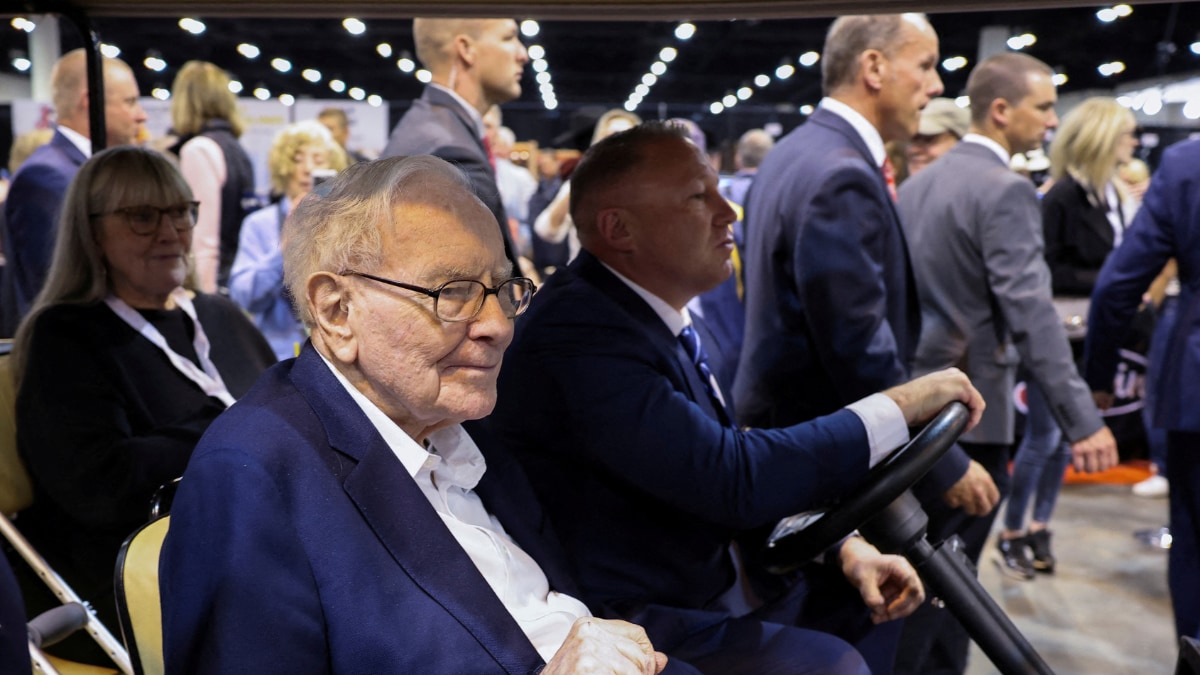
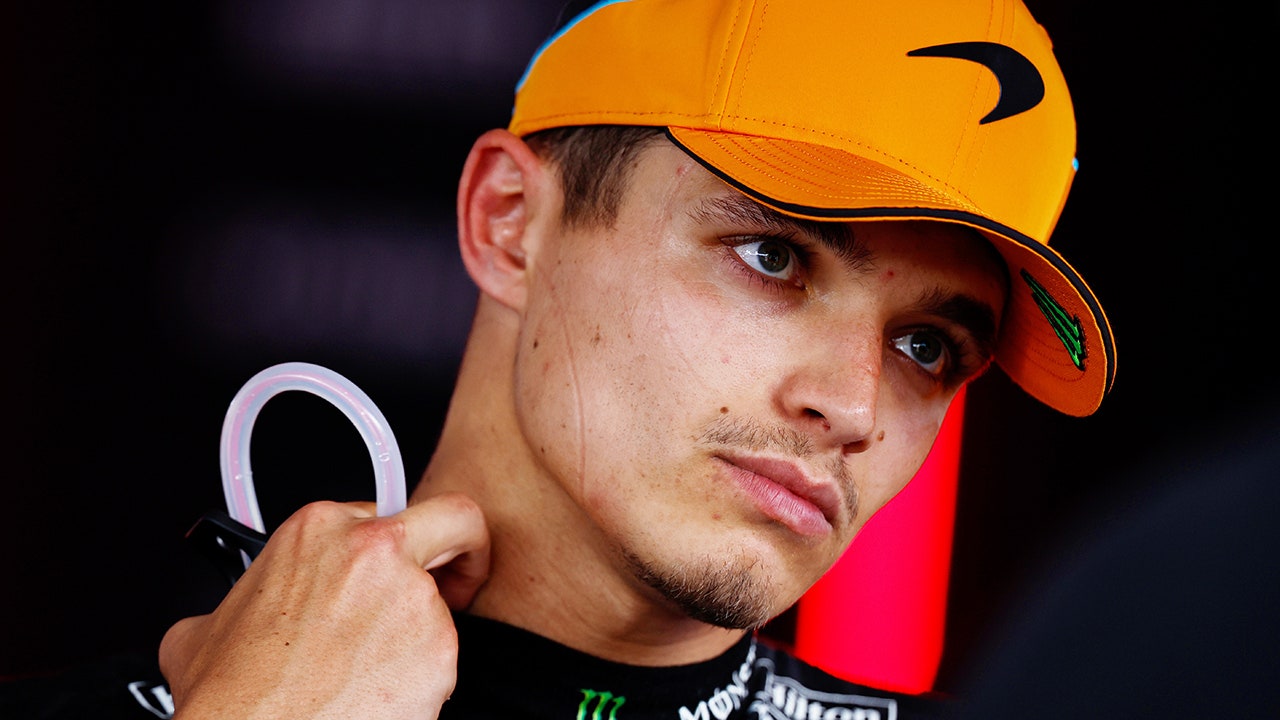
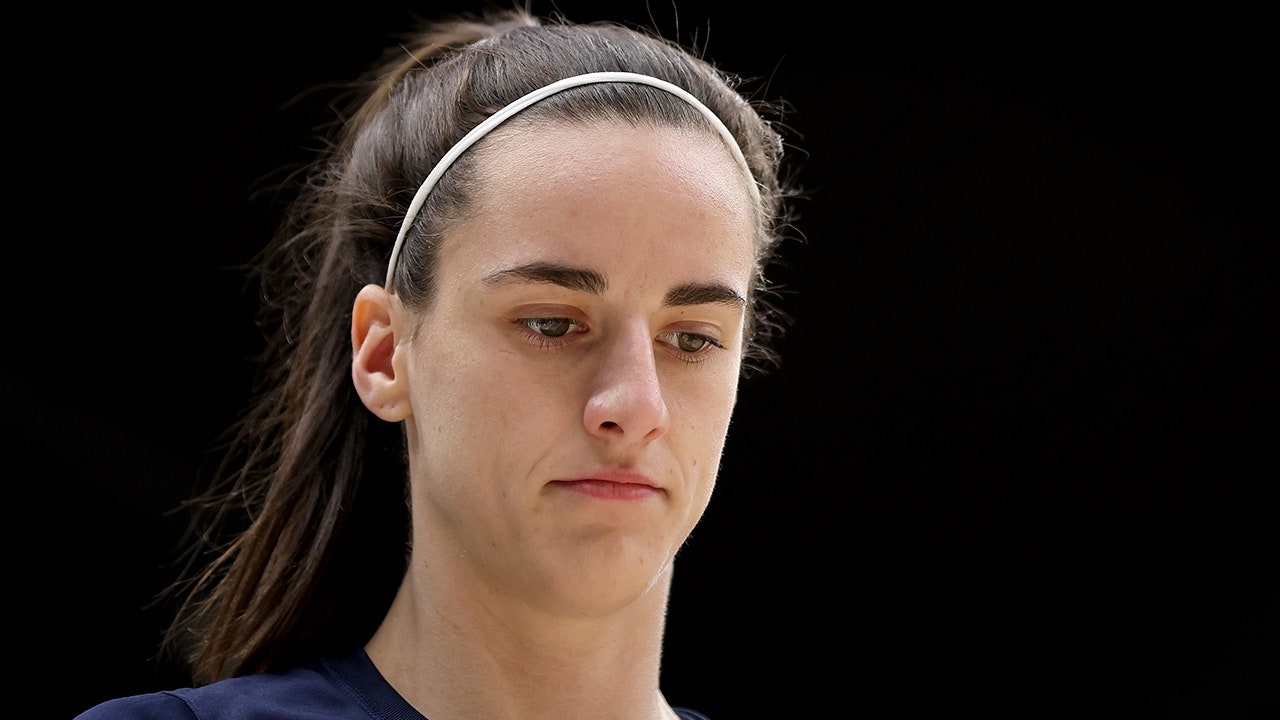
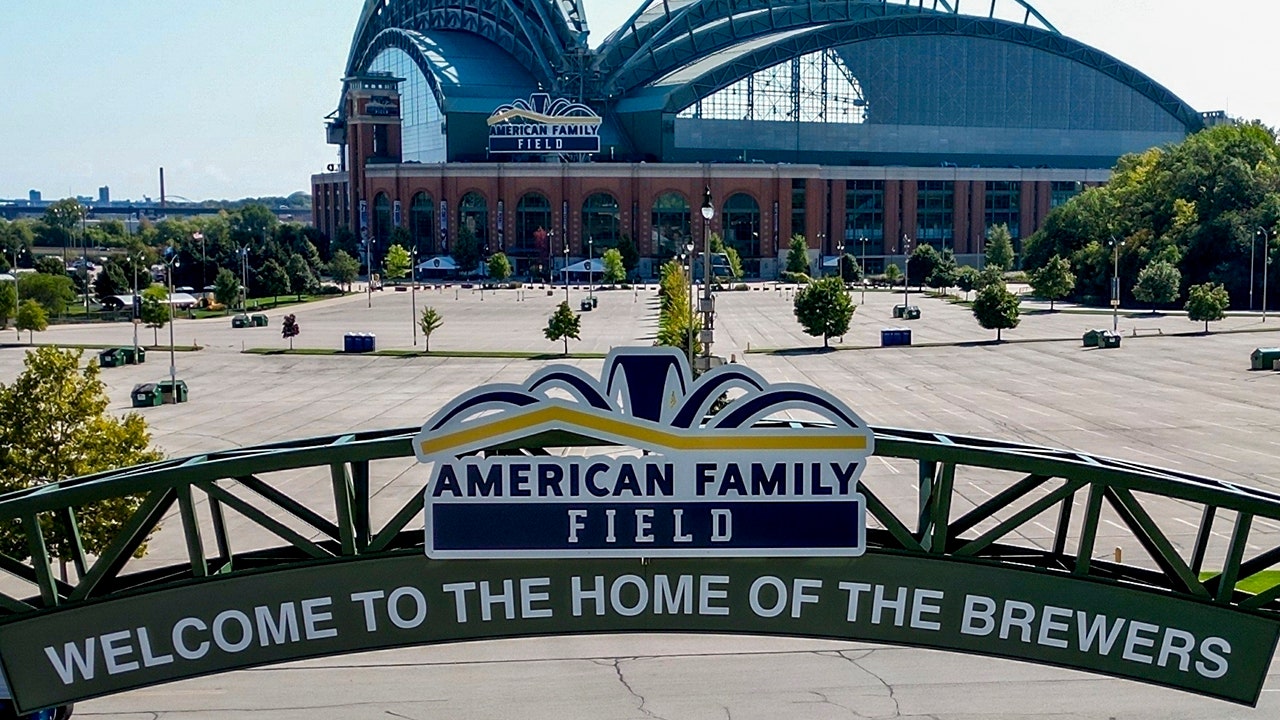
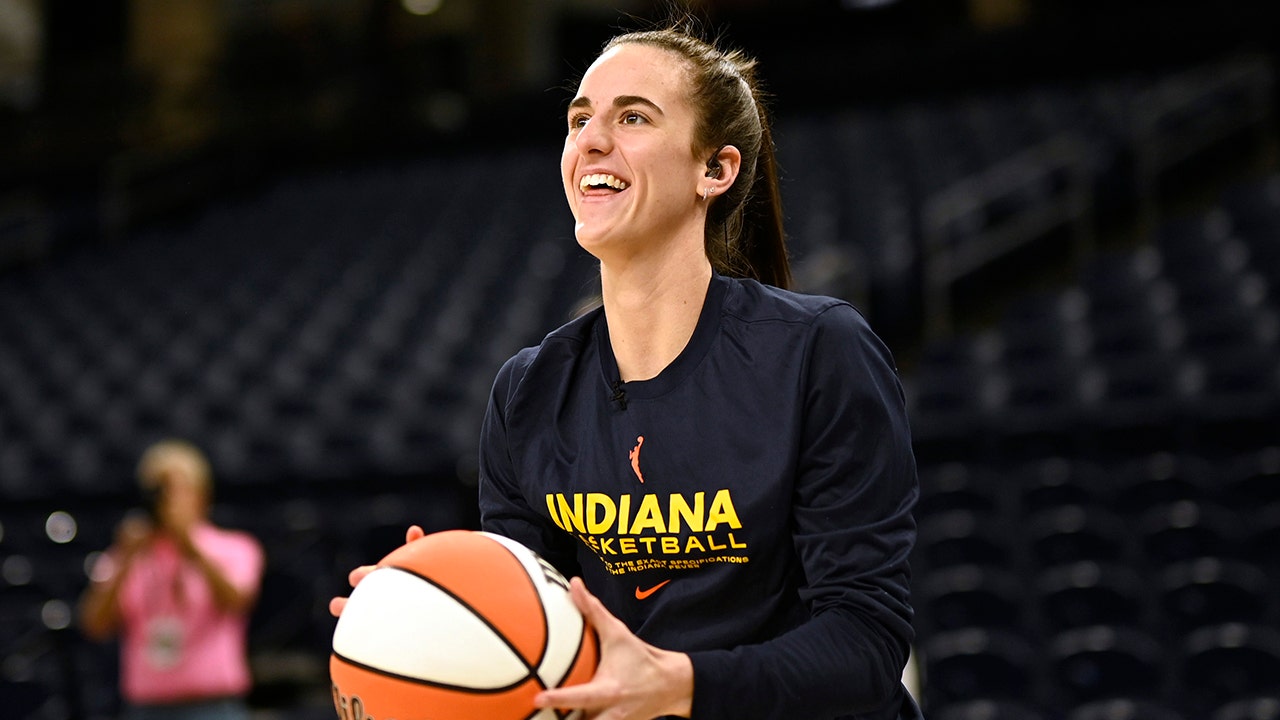
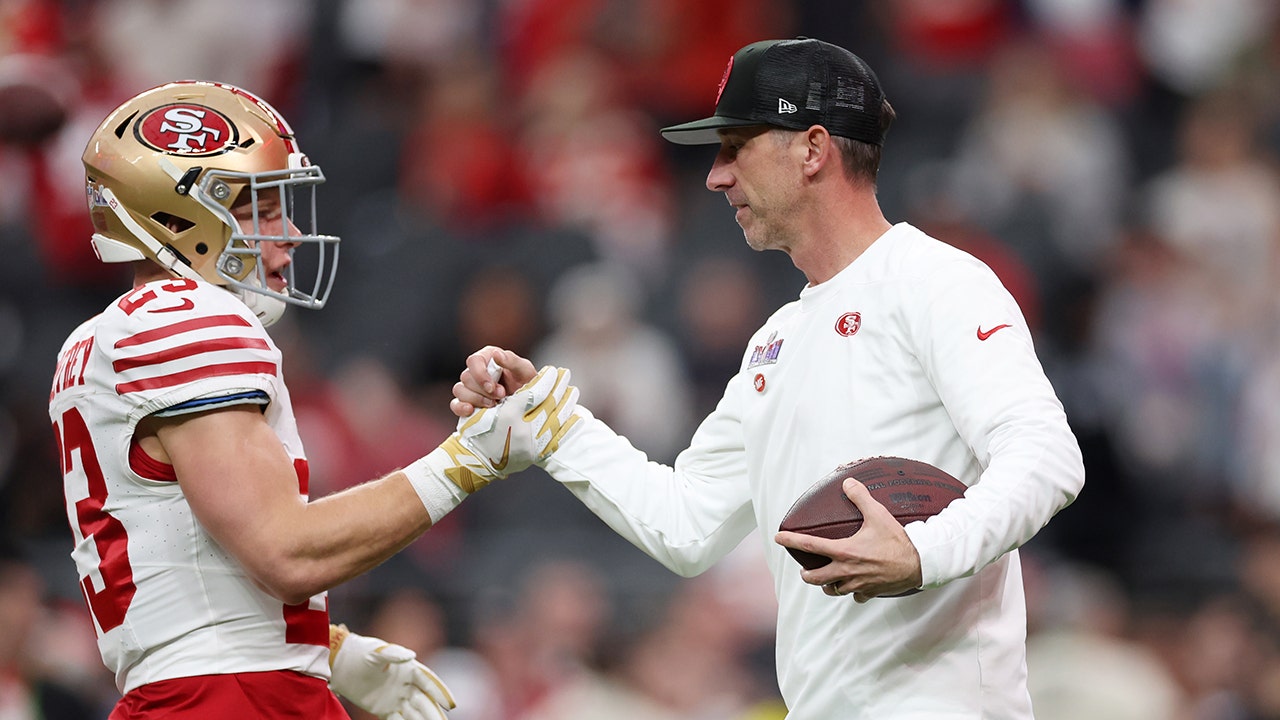









1719754427-0/Untitled-design---2024-06-30T183148-240-(1)1719754427-0.png)



